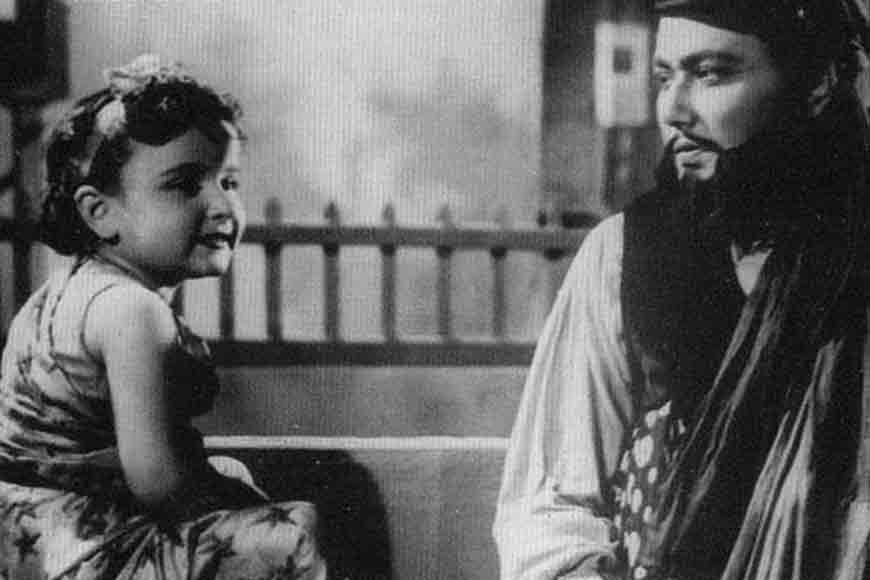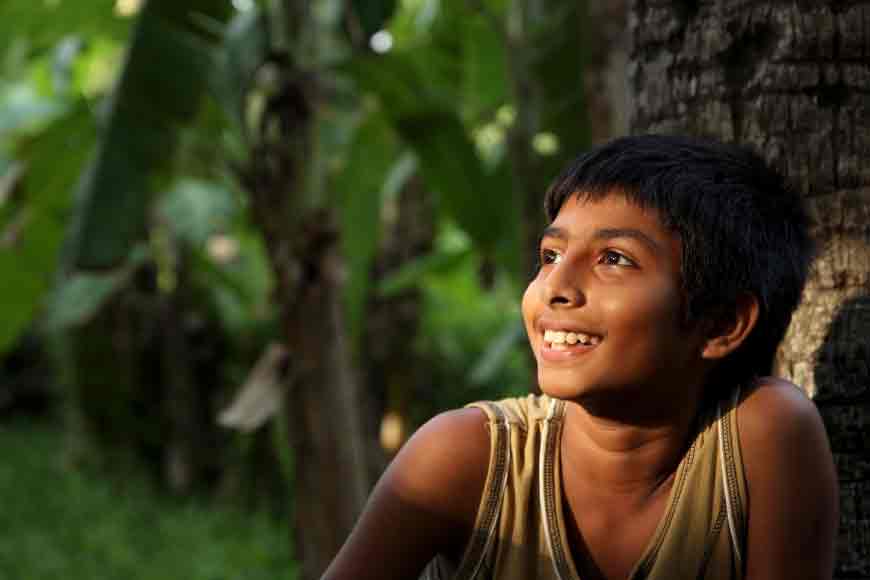Trend of child-centric movies are back to Tollywood
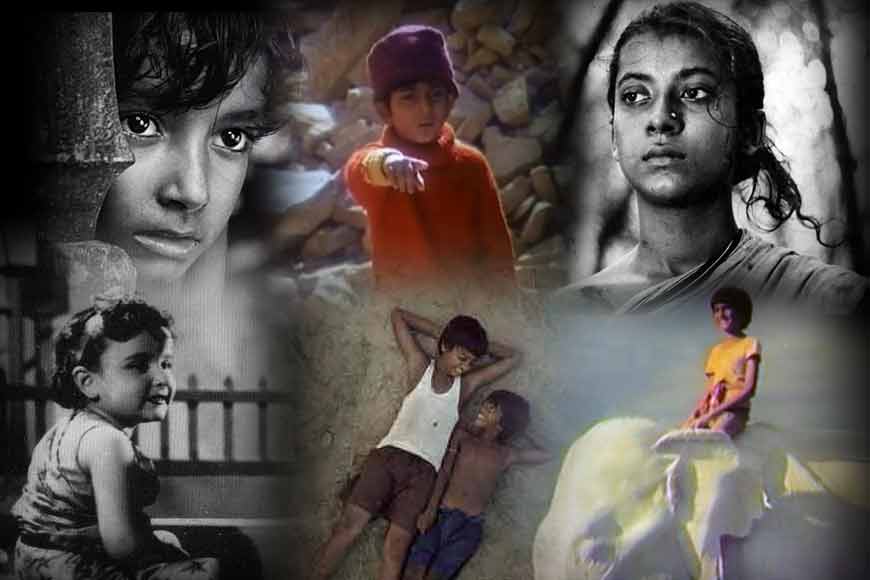
‘Tumi dushtu lok’… (He is an evil man)… that’s what teary-eyed Mukul said when Mandar Bose killed a peacock with a shot. And may be that one shot in the end of the movie had lots to speak. So, did the wonder laced look of Apu’s doe-shaped eyes, when he and sister Durga ran through Kaash flowers and found in the distance a chugging train. Satyajit Ray had repeatedly used characters of children as the central theme to most of his world-renowned movies or at times he used them to send subtle messages to the adult world. There was indeed an era of Bengali movies, when directors felt a ‘child is the father of man,’ and any strong message or opinion voiced through a child in all his or her innocence, carries a stronger impact on the audience.
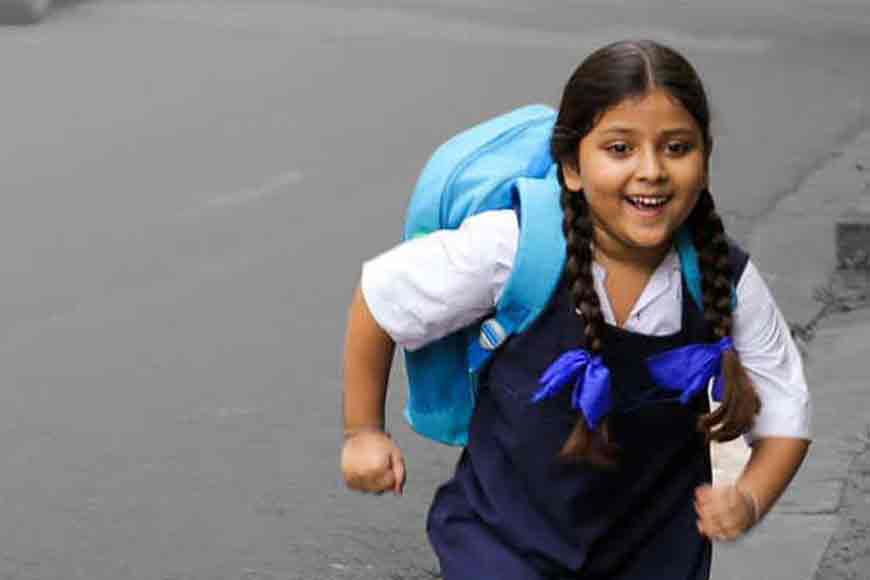
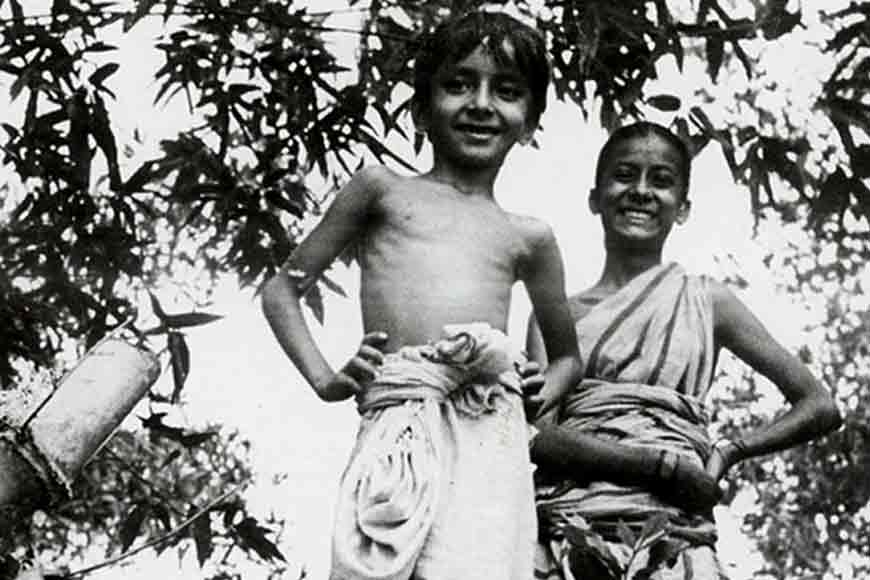
Tapan Sinha’s Safed Hathi or Ray’s Hirak Rajar Deshe is an example of that genre, where messages of how human greed is wiping out the animal world or shadows of an oppressive rule is stopping people from expressing their views is loud and clear. And every message is being sent through children, for they are ones who create the best impact on the audience. But training child artists for a movie and using them in the right perspective needs a lot of hard work. Ray was undoubtedly the best at it. In one of the interviews he mentions: “I get into the psyche of a child while directing him or her and children are natural artists. It is best to allow them to act like they do so in their own world.” Tapan Sinha also followed the rule, and hence could forge the best bond ever in Tagore’s Kabuliwallah, between Mini, played by Tinku Thakur and Kabuliwallah by Chhabi Biswas. Even Tarun Majumdar used multiple child artists in Sriman Prithviraj, producing hilarious scenes that will be forever etched in human memory.
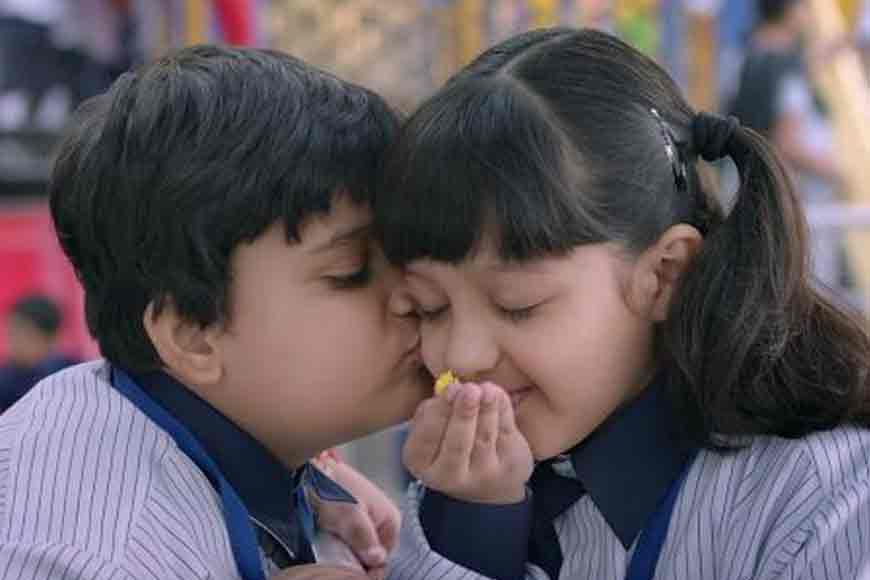
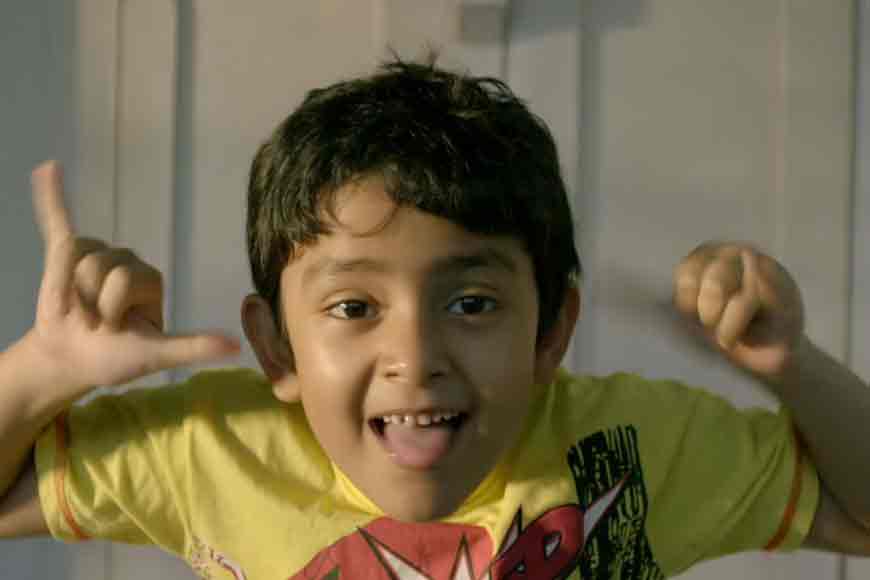
That trend seems to be back again. In the past one year or so, Tollywood has seen a barrage of child centric movies, from Rainbow Jelly, to Phoring, to Posto, Haami and now Tuski. Surprisingly, none of these movies are based on famous children’s literature, rather they are more attuned to modern times and contemporary issues. Yet most of them were well accepted by the audience and some were big hits. However, Director of Rainbow Jelly Soukorjo Ghoshal believes: “In modern times atleast a movie with just child artists will not run successfully. We need to bring in known artists and faces to give a lift to the movie. The audience needs to be more acceptable to children and look at movies from their perspective. Only then will child-centric movies run successfully in theatres, else to popularize them we still have to drop in well-known names.” True as Ghoshal says, one needs to ask what was the reason behind the success of recent movies like Posto and Haami? Were they the script, that were contemporary and hard-hitting, or did celebrated artistes like Soumitro Chattopadhyay, Lily Chakraborty, Jisshu Sengupta pulled the movies through? The question still remains thus: Do we go to theatres to watch the impact of child artists and look into their myriad world of dreams, pain and love, or do we go for an adult script where a few characters of children are just thrown in?
